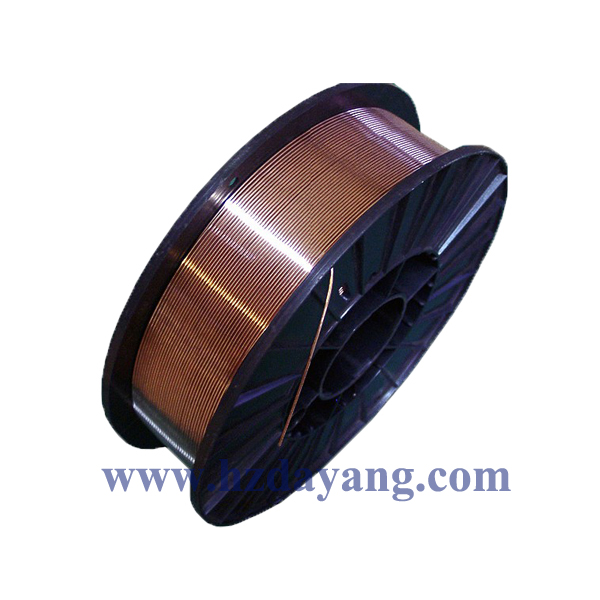| Replay: The present process applies to the working pressure 4MPa below, the temperature of the copper channel of 250 to 196 ° C and the working pressure of 22MPa or less, the temperature is from 120 to 158 ° C, brass piping installation works.
2.1 commonly used materials:
2.1.1 Pipe: used copper tube (the industrial pure copper) and yellow brass (copper-zinc alloy) divided into control tube manufacturing method different rolling tube and extruded tube, generally in low-pressure pipe using pull pipe. Copper pipe commonly used material grades: T2, T3, T4, TUP (deoxidized copper); divided into soft and hard two. Yellow brass material grades: H62, H68, H85, HP659-1 is divided into soft, semi-rigid and rigid three.
2.1.2 Copper alloy. In order to improve the performance of brass, tin, manganese, lead, zinc, phosphorus, and other elements to be added in the alloy become a special brass. The added elements role summarized as follows:
2.1.2.1 plus tin can improve the strength of the brass, and can significantly improve its corrosion resistance to sea water, so the tin brass, also known as "Navy brass;
2.1.2.2 plus manganese can significantly improve the alloy process performance, strength and corrosion resistance;
2.1.2.3 plus improved cutting performance and corrosion resistance can lead, but the plastic is slightly lower;
2.1.2.4 plus zinc can improve the mechanical properties and flow properties of the alloy;
2.1.2.5 phosphorus can improve the toughness of the alloy, hardness, wear resistance, and fluidity.
Application 2.1.3 brass. Most of the copper pipe and brass pipe with the manufacture of heat transfer equipment; commonly used in cryogenic equipment and chemical pipeline instrumentation manometry pipeline or transmission pressure liquid pipelines are also often used. When the temperature is higher than 250 ° C, and should not be used under pressure.
Extruded aluminum bronze works QAI10-3-1, 5 and QAI10-4-4 grades of bronze for mechanical and aerospace industries, manufacturing wear-resistant, resistant to corrosion and high strength pipe fittings.
By QSn4-0.3 grade tin bronze, tin bronze piping made applicable to the manufacturing gauge spring tube and wear-resistant pipe.
2.1.4 brass quality: for installation of brass and copper alloy tube, surface and inner wall should be smooth, unblemished holes, cracks, scars, tail crack or porosity. Brass pipe shall not green rust and severe dezincification.
The outer surface flaws of the copper and copper alloy caracal Road allows degrees defined as follows:
Longitudinal scratches depth as shown in Table 2.1.4; partial horizontal the recessed depth or protruding height not greater than 0.35mm; scarred bruised, blistering and pits, the depth does not exceed 0.03mm area of no more than 30% of the surface area of the tube. Its area not exceeding 0.5% of the surface area of the tube is used as a catheter.
Copper and copper alloy tube vertical scratches depth of the provisions of Table 2.1.4
The vertical scratches Thickness (mm) (mm) Thickness (mm) depth of not more than the longitudinal the scratch depth not greater than (mm)
≤ 2 0.04> 2 0.05
Note: for as conduit pipes of copper and copper alloy, regardless of wall thickness size, vertical scratches depth should not be greater than 0.03mm.
Brass ovality and wall thickness nonuniformity, should not exceed the outer and the wall thickness tolerances.
Brass other technical requirements should meet the following criteria:
1. "Control brass" (GB1527-79);
2. Extruded brass "(GB1528-79);
3. "Drawn brass" (GB1529-79);
4. Extruded brass "(GB1530-79).
2.1.5 Copper and copper alloy fittings. Pieces of copper and copper alloy tube, there is no national standard fittings, elbows, tees, reducers pipe are common pipe manufacture.
2.1.6 commonly used copper and copper alloys. Grades and uses of commonly used copper and copper alloys in Table 2.1.6. Are low hydrogen type electrode coating of copper and copper alloy; welding power supply are DC. |












